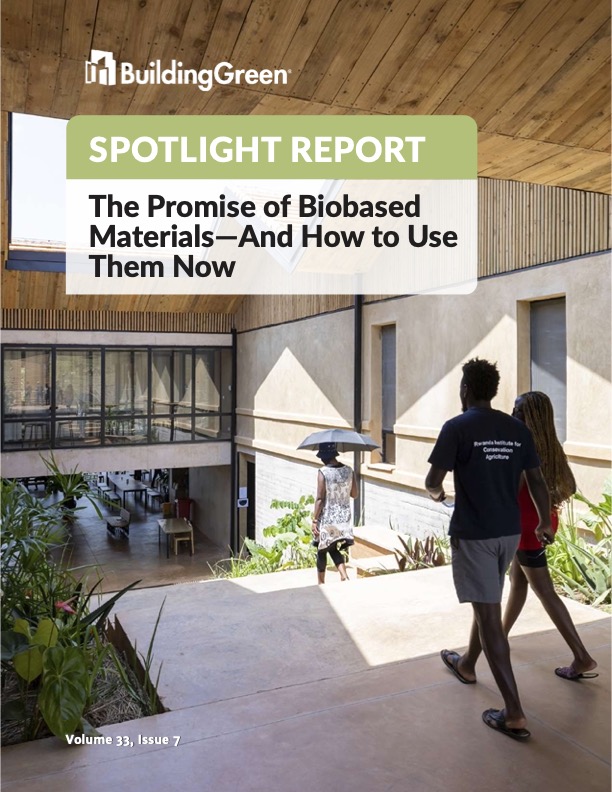Spotlight Report
The Promise of Biobased Materials–and How to Use Them Now
Our buildings used to be made from local, natural materials. With no petrochemicals, these natural materials had minimal carbon footprint and were healthier for people and the environment. The climate and environment are now in crisis, brought on partially by the building materials that have ushered in our era of skyscrapers and modern design, namely steel, concrete, and other synthetic materials. These modern, shiny materials that once signified progress are now somewhat tainted, and design teams are taking another look at biobased alternatives that could turn our buildings from a carbon problem into a carbon solution.
There has been a lot of hype praising biobased materials, but what if you want to use them in your next project? This course examines some of the questions and assumptions surrounding biobased materials, including whether or not they actually have lower embodied carbon, are healthier, and are practical for use in today’s buildings.
Learning objectives:
After people take this course, they should be able to:
-
Discern which biobased materials have the best potential for storing carbon.
-
Assess carbon accounting methodologies, how they are used for biobased materials, and their limitations.
-
Understand the nuances of selecting appropriate biobased products, including possible durability, procurement, and installation challenges and solutions.
-
Comprehend how various certifications and rating systems address biobased materials.



